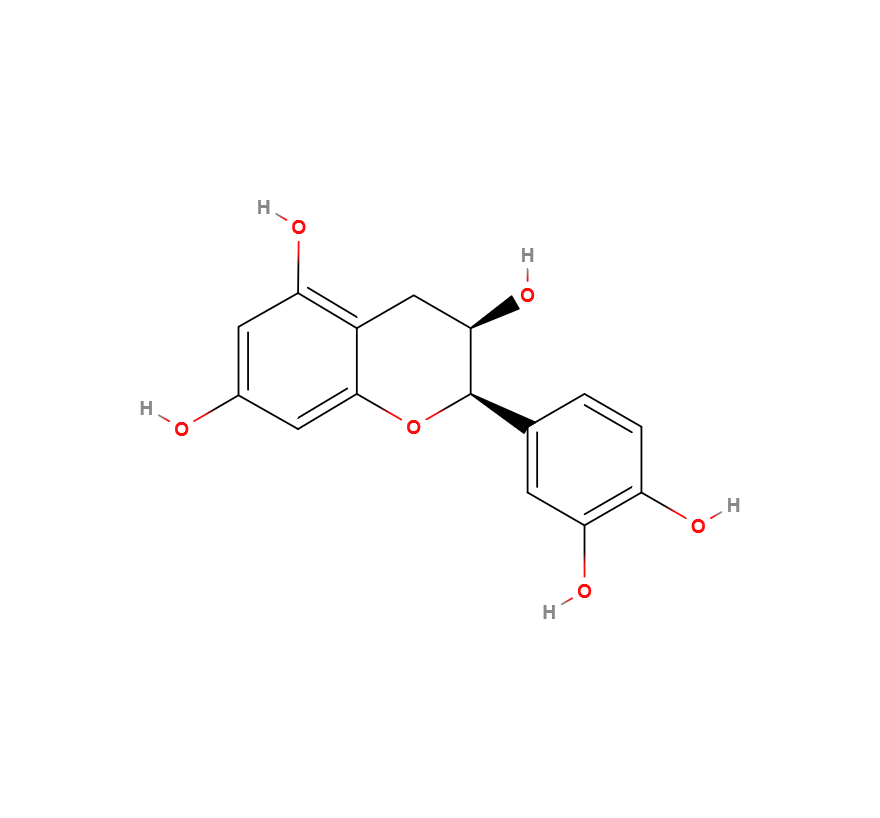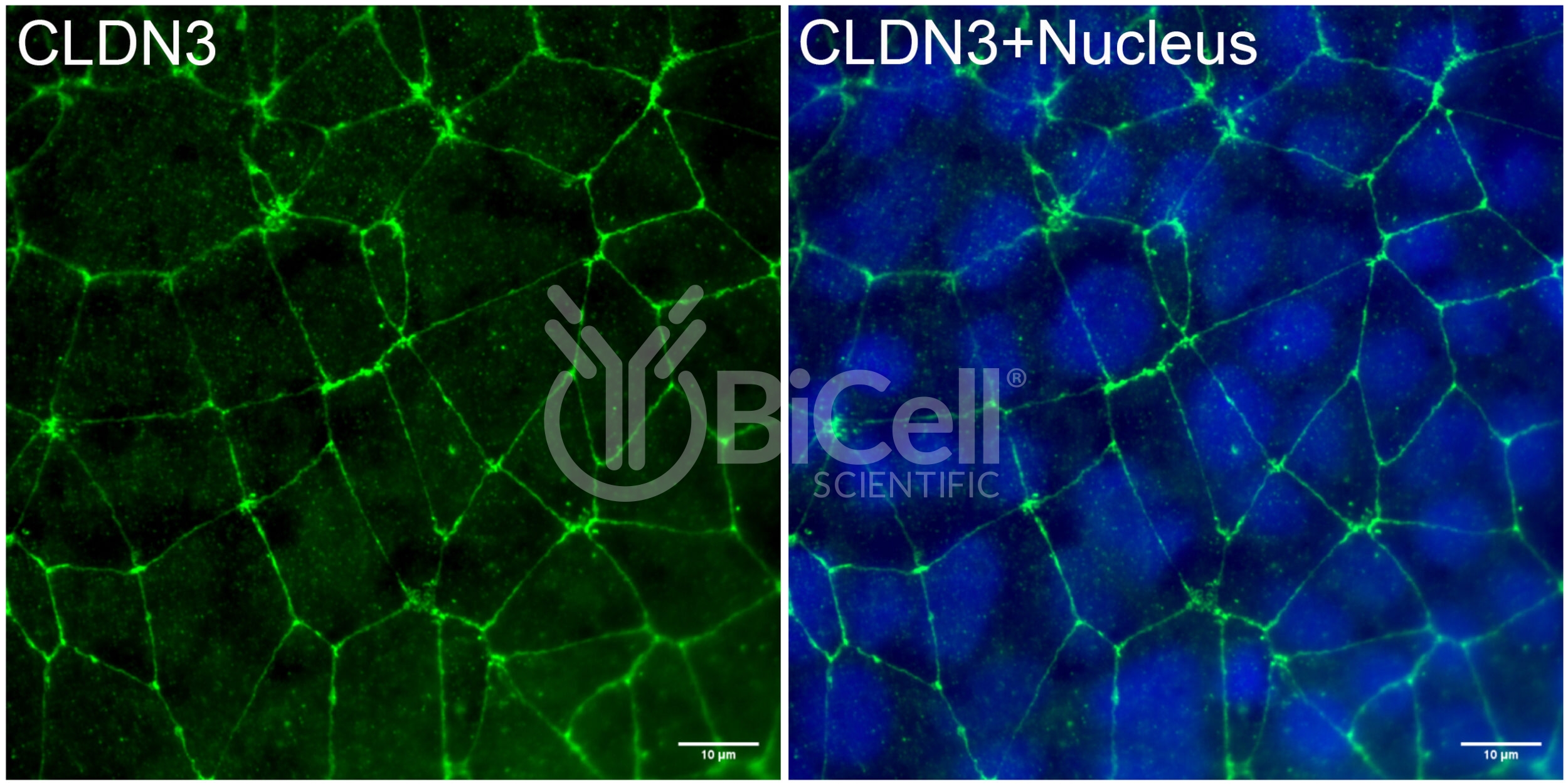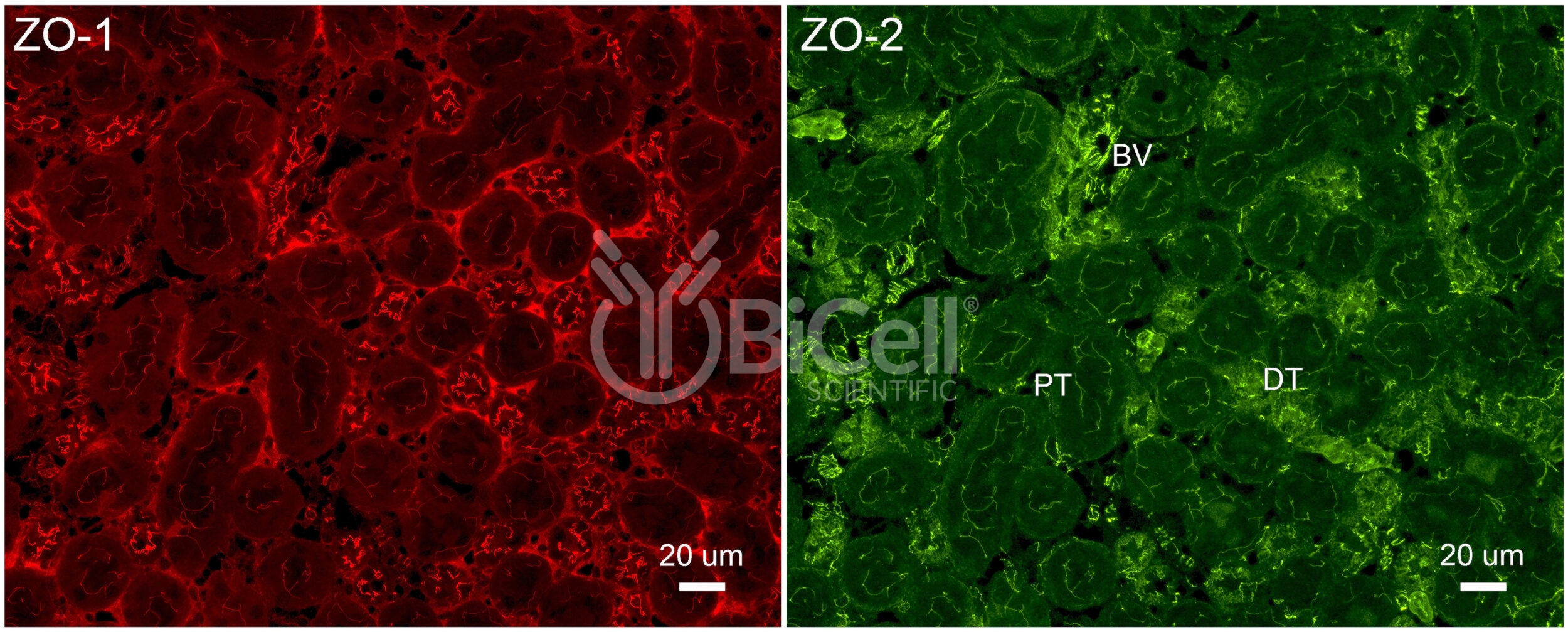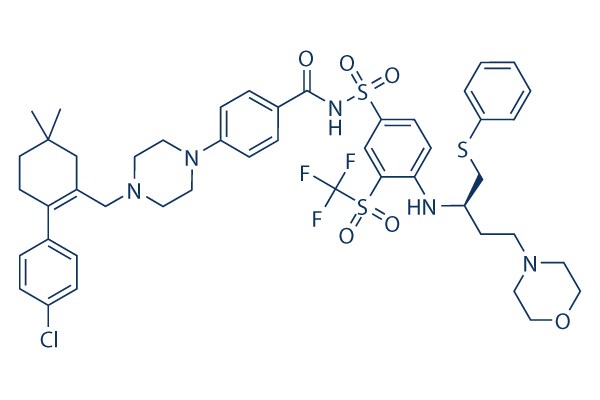(-)Epicatechin [CAS: 490-46-0]
Catalog-Number:
S4723
Storage
-20°C
Description
(-)-Epicatechin stimulates mitochondrial respiration and oxygen consumption in Panc-1 cells. Human normal fibroblasts are not affected. (-)-Epicatechin sensitizes Panc-1, U87, and MIA PaCa-2 cells with an average radiation enhancement factor (REF) of 1.7, 1.5, and 1.2, respectively. (-)-Epicatechin does not sensitize normal fibroblast cells to ionizing radiation with a REF of 0.9, suggesting cancer cell selectivity. (-)-Epicatechin enhances Chk2 phosphorylation and p21 induction when combined with radiation in cancer, but not normal cells[2].
| CAS No.: | 490-46-0 |
|---|---|
| Storage: | -20°C |





